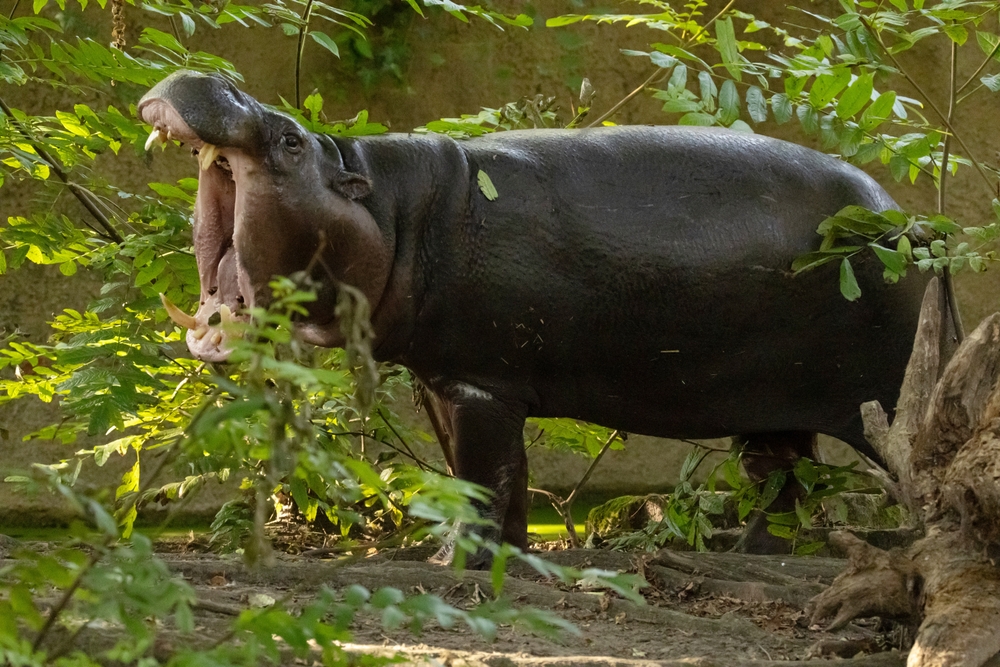Grand Kru-River Gee Overview
Grand Kru-River Gee National Park, locally known as “Krunweh,” meaning “sacred forest” in the Kru language, is a pristine protected area in southeastern Liberia. Situated across the boundaries of Grand Kru and River Gee counties, this park was established to preserve the region’s unique biodiversity and ecosystems. Spanning a vast expanse of tropical rainforest, the park is a haven for wildlife, offering a tranquil refuge for species that are increasingly threatened by habitat loss. For the local Kru and Grebo communities, the park holds cultural and spiritual importance, with many traditional ceremonies linked to its sacred lands.
The terrain of Grand Kru-River Gee National Park is characterized by undulating hills, dense lowland rainforests, and winding rivers that create a network of wetlands and floodplains. These features support a wide array of habitats, from thick forest canopies to swampy areas, making it an ecologically rich and diverse landscape. The forest is dominated by towering hardwood trees such as mahogany, iroko, and African teak, which form a dense canopy, while the understory is teeming with ferns, vines, and flowering plants. The rivers that meander through the park serve as lifelines for the flora and fauna, providing a critical source of water in the ecosystem.
Wildlife within the park is both abundant and diverse, making it a critical conservation area in West Africa. It is home to the elusive pygmy hippopotamus, forest elephants, and endangered primates like Western chimpanzees and Diana monkeys. The park also shelters numerous bird species, including the rare white-breasted guineafowl and African grey parrots, which draw birdwatchers and researchers alike. Amphibians, reptiles, and a variety of insects contribute to the park’s overall biodiversity, making it a haven for nature enthusiasts.
Visitors can experience Grand Kru-River Gee National Park through guided treks along forest trails, birdwatching expeditions, and visits to local communities to learn about their traditions and conservation practices. The serene rivers provide opportunities for canoeing and exploring the wetlands, while the forest trails offer excellent wildlife viewing and photography. Community-based tourism programs enable visitors to contribute directly to the sustainable development of the surrounding areas, fostering a deeper connection to the environment.
Despite its ecological and cultural importance, the park faces challenges such as illegal logging, poaching, and agricultural encroachment, which threaten its delicate balance. Conservation efforts, led by the Liberia Forestry Development Authority (FDA) in collaboration with international and local partners, focus on habitat restoration, wildlife monitoring, and anti-poaching measures. Education and awareness programs have been introduced to engage local communities in the protection of their natural heritage, highlighting the benefits of sustainable practices.
Grand Kru-River Gee National Park is a remarkable testament to Liberia’s natural beauty and commitment to conservation. Its rich biodiversity, stunning landscapes, and cultural significance make it an invaluable part of the country’s heritage. By safeguarding this unique ecosystem, Liberia contributes to global efforts in biodiversity preservation, climate resilience, and sustainable development, ensuring that future generations can experience its wonders.














































































